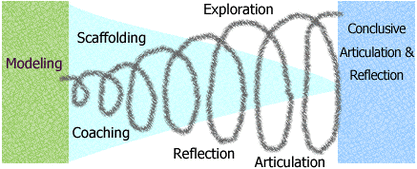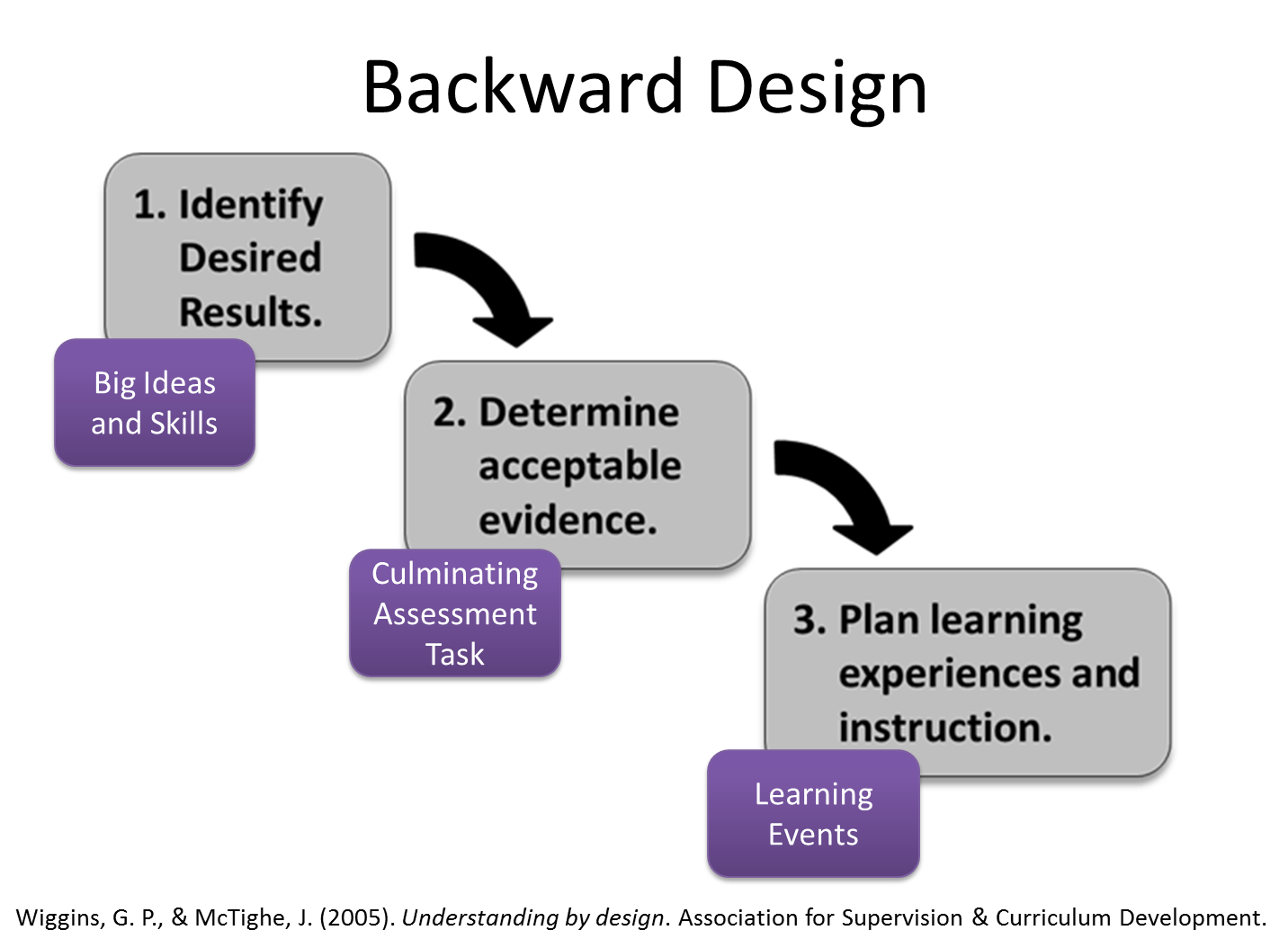A Final Reflection on ED 3120: Social Studies Methods for Childhood Education

At the beginning of this course, I completed a Study and Pedagogical Skills Survey to pinpoint which skills, related to course objectives, I already had and which skills I needed to set as goals to be achieved throughout the course. Now, the semester having ended, I consulted the survey again, this time to determine whether I had achieved all of the goals I set for myself sixteen weeks ago. I was pleased to find that besides using Publisher and pbworks to design learning projects for children, I achieved all of my other goals (an awe-inspiring twenty goals).
As I describe as part of this survey, I believe that my main areas of growth were improving the structuring of units which includes differentiating between models, strategies, and methods of instruction; integrating technology into lessons to engage students; and developing content knowledge of social studies.
1. In terms of unit planning, I learned to start by thinking about what I wanted students to be able to do by the end of the unit, which led me to consider authentic assessments that required the higher-order thinking skills of the upper levels of Bloom's Taxonomy. Then, I delineated a path to have my students arrive at those skills, as well as gain necessary content knowledge. Now understanding the strengths of the different methods used to plan lessons, I designed my unit to begin with interactive lecturing and questioning, a method that falls within the direct strategy and behavioral model of instruction, to provide the necessary content knowledge. After having led students to master the facts of the content, students were then prompted to expand upon that knowledge using higher-order thinking skills like analyzing, evaluating, comparing and contrasting, in lessons employing the inquiry method, which falls within the indirect strategy and information processing model of instruction. Lastly, to further deepen content knowledge as well as improve social skills, I ended my unit with a cooperative learning lesson, which is part of the indirect/interactive strategy within the social interaction model. Students created their culminating projects and then conducted group and peer evaluations. Prior to this course, I did not have a clear understanding of how the lesson plans differed for each type of lesson and was not aware of how to structure the unit in terms of the "teacher to student continuum," however now thinking about it, it seems to be common sense which makes me confident that I have grasped this skill.
2. As for integrating technology, prior to this course, becoming a technologically savvy teacher seemed daunting. However, with every new website I mastered during the semester, my confidence grew. While there are still many websites and skills with which I still need to become familiar, as growing in technological competency will be a life-long process as it is for everyone, I am confident that with time I will be able to achieve mastery of them as well. Prior to this course, I think I had a pessimistic attitude as to what my technological abilities would be so I did not leave my comfort zone to explore new websites and tools as I came across them. Dr. Smirnova and the requirements of the course forced me to confront my uneasiness, and develop the skills that were within my range of capability. With this new confidence, I believe that I no longer will need course requirements and grades to serve as motivators to access new technology. As Dr. Smirnova and I discussed, in my future classroom, it will be my responsibility to find new technological means of engaging my students. With my new found confidence, I firmly believe that I will be open to exploring technological tools with the same vigor with which I explore other resources and educative practices for which I am already passionate. I've already managed to successfully teach a whole-class inquiry lesson in which all students utilized iPads to create Voki web-based projects and take Socrative quizzes!
3. Thirdly, in terms of developing knowledge of social studies, prior to this course, I was guilty of overemphasizing the role of history within social studies (being a history major). I knew the other disciplines, especially economics, geography, and political science, played a large role in social studies curriculum as well, but had not considered how many disciplines can be interwoven into a topical unit. Similarly, having a firm grasp on the primary purpose of social studies: "to help young people develop the ability to make informed and reasoned decisions for the public good as citizens of a culturally diverse, democratic society in an interdependent world" has instilled in me the value of developing the reasoning and social interaction skills that come most overwhelmingly with the information processing and social interaction models of instruction (NCSS, 1994, p. 3). In all, social studies transcends far beyond memorizing historical content: facts, dates, names. Implemented correctly, with lessons achieving the five principles of powerful instruction, social studies curriculum is the means for producing citizens with the necessary abilities of thinking independently, evaluating information to form generalizations, and working collaboratively in heterogeneous groups.
Implications for My Future Classroom
Most overwhelmingly, this course has pushed me (rigorously) to become a better, more conscious educator. In fact, my fieldwork experience in this course equates to the teaching experience for which I am most proud in terms of planning, implementing and reflecting. (My previous blogs contain in-depth reflections for my direct instruction, inquiry, and cooperative learning lessons.) Therefore, I intend for my future classroom to be brought to life with many inquiry and cooperative learning lessons that promote civic competence in all of my students. Accordingly, I plan to utilize authentic assessments to determine what my students are actually capable of DOING as a result of my instruction as opposed to paper and pencil tests that fall short of preparing students for the demands of civic competence. With this in mind, one day in the future, I hope that when a person walks into my classroom, probably enticed by curiosity over why students are using odd words like "Voki," "Space Race," and "Glogging," he or she will observe students actively engaged, animatedly speaking with one another to solve a problem that they identified in society on their own. To arrive at their solutions, they are looking to their iPads, consulting primary documents, and asking each other questions to synthesize the information in front of them. For observers making an extended visit, they will see the students excitedly and professionally presenting the conclusions they reached, acknowledging and disproving counterarguments and elaborating on the processes undertook to arrive at the conclusions. Undoubtedly, in my classroom, observers will see students occupied with thinking shown through authentic assessments requiring analysis, evaluation, and creation (Bloom's Taxonomy).
References
National Council for the Social Studies. “Executive Summary.” Expectations of excellence: Curriculum standards for social studies.
National Council for the Social Studies. “Principles of Teaching and Learning.” Expectations of excellence: Curriculum standards for social studies.
Vanderbilt University Center for Teaching. (n.d.). Bloom's Taxonomy. Retrieved May 10, 2015, from http://cft.vanderbilt.edu/guides-sub-pages/blooms-taxonomy/













